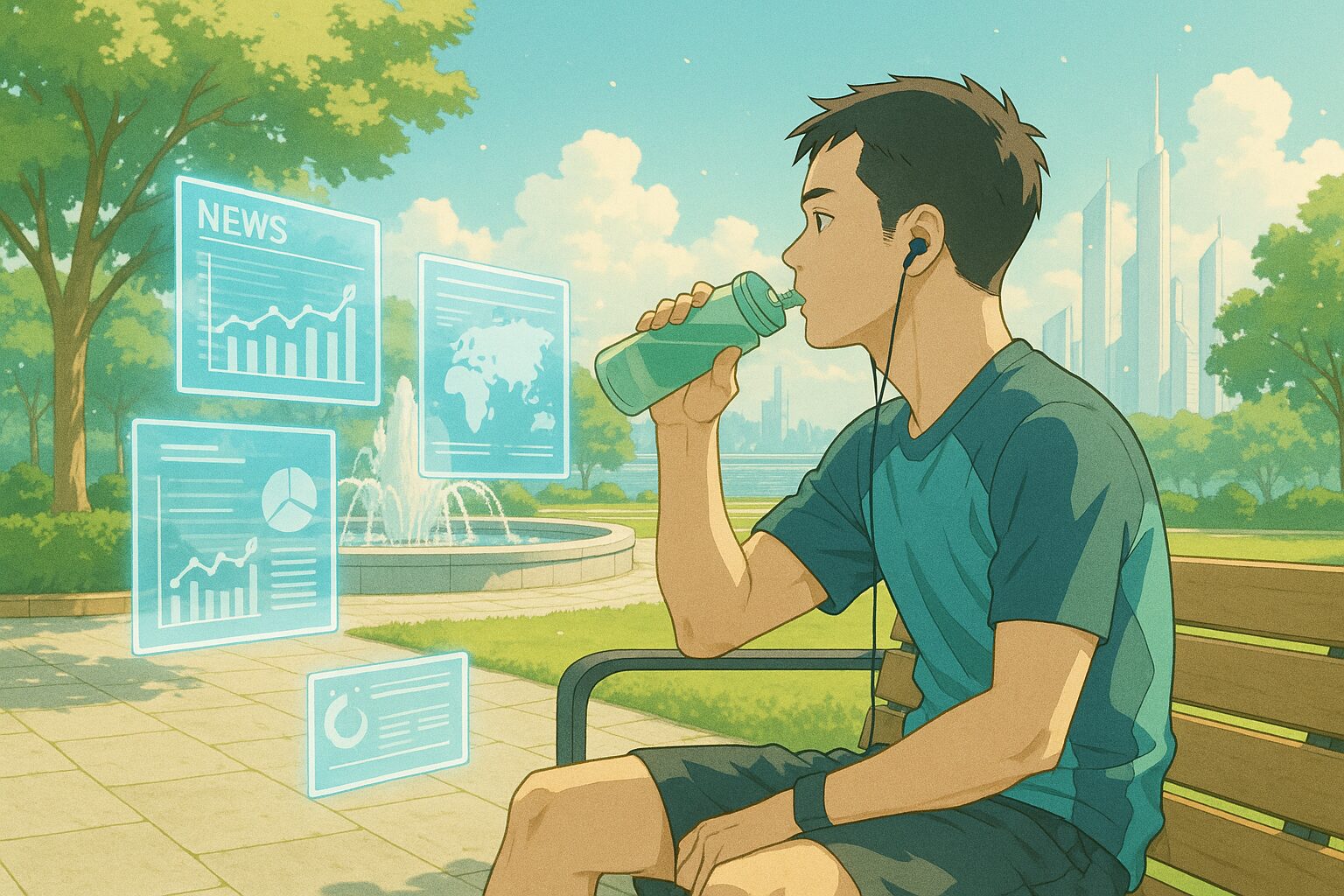What Will the Future Look Like with AI Supporting Our Daily Lives?
The evolution of AI technology is rapidly progressing every day. One particularly noteworthy advancement is the “Rugged Edge AI” platform, which operates effectively even in harsh environments. The new AI platform announced by DFI is specialized for mission-critical applications and aims to significantly change the way technology is developed in the future. If this technology becomes more widespread, how will it change our lives?
1. Today’s News
Source:
DFI Unveils Upcoming Rugged Edge AI Platforms for Mission-Critical Computing
Summary:
- DFI has announced a new “Rugged Edge AI” platform.
- These platforms provide reliable computing even in extreme environments.
- They are applicable to mission-critical applications and can be utilized across a wider range of industries.
2. Considering the Background
AI is actively used in various fields within our society. From healthcare to transportation and energy, AI supports a multitude of sectors. However, these AI systems still face limitations in harsh environments. DFI’s new platform aims to address these issues. Why is this technology needed now? It is because our lives are becoming increasingly digital, with remote work and automation on the rise. Let’s consider how this change might alter the foundations of our society.
3. What Does the Future Hold?
Hypothesis 1 (Neutral): A Future Where Rugged Edge AI Becomes Standard
As new AI platforms become widespread, it will be commonplace for AI to be utilized in all environments. This will enable us to receive reliable AI support no matter where we are, significantly improving our daily efficiency and increasing our dependence on AI.
Hypothesis 2 (Optimistic): A Future with Significant Advances in AI Technology
The success of Rugged Edge AI will prompt further technological innovations. AI will evolve in ways that are more closely aligned with human needs; for example, significantly improving the accuracy of disaster predictions and health management. Consequently, we will be able to lead safer and more comfortable lives.
Hypothesis 3 (Pessimistic): A Future Where AI Loses Human-Likeness
On the other hand, as AI permeates every corner of life, there is a risk that privacy and the independence of human decision-making could be compromised. As technology progresses, we may face ethical dilemmas regarding how much we should rely on AI.
4. Tips for Us
Thinking Tips
- Consider the balance between trust and dependence on AI.
- It is important to have regular discussions about the ethical issues brought by new technologies.
Small Practical Tips
- Avoid relying too much on AI, and cultivate your own judgment skills.
- By actively learning about technological advancements and sharing information, we can create a better future for society as a whole.
5. What Would You Do?
- What measures would you consider regarding privacy issues that arise with the evolution of AI?
- In which field would you like to utilize AI technology most?
- What impact do you believe AI will have on daily life?
What kind of future do you envision? Please let us know through social media comments or quotes.









